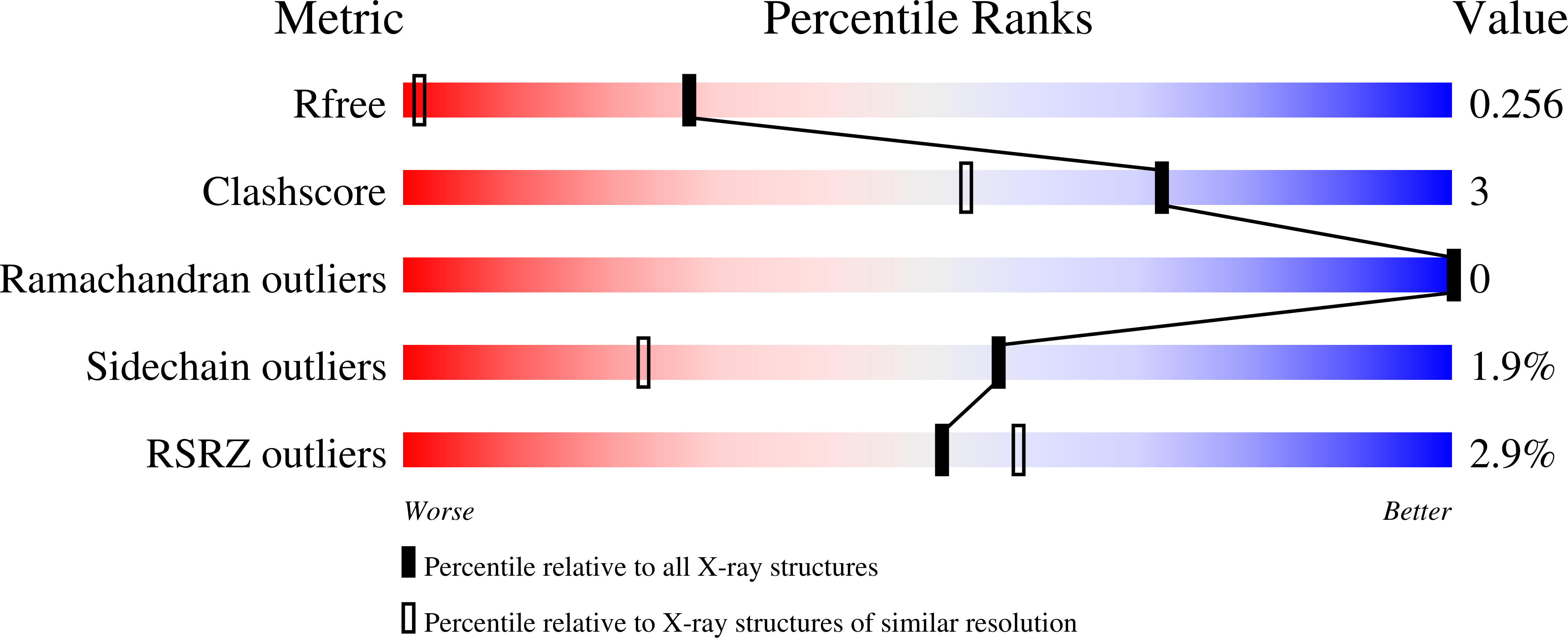
Deposition Date
2019-06-24
Release Date
2020-01-29
Last Version Date
2024-01-24
Entry Detail
PDB ID:
6S32
Keywords:
Title:
Crystal structure of ene-reductase CtOYE from Chroococcidiopsis thermalis.
Biological Source:
Source Organism:
Chroococcidiopsis thermalis (Taxon ID: 54299)
Host Organism:
Method Details:
Experimental Method:
Resolution:
1.35 Å
R-Value Free:
0.25
R-Value Work:
0.20
R-Value Observed:
0.20
Space Group:
P 1


